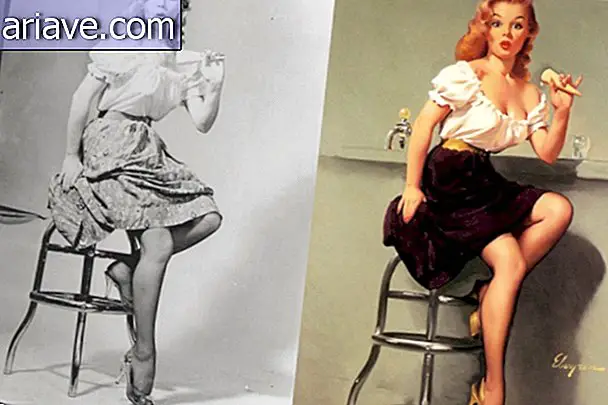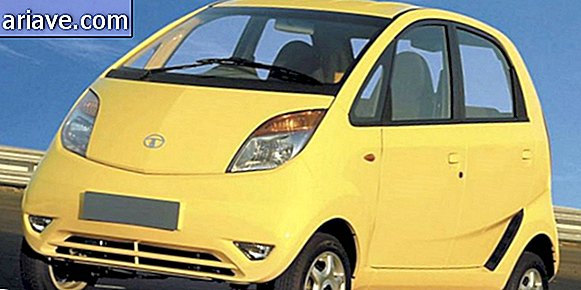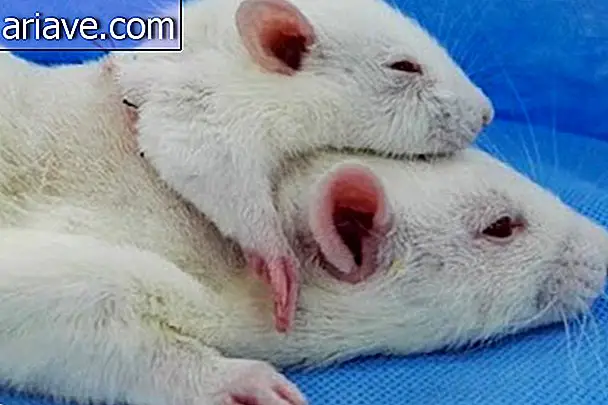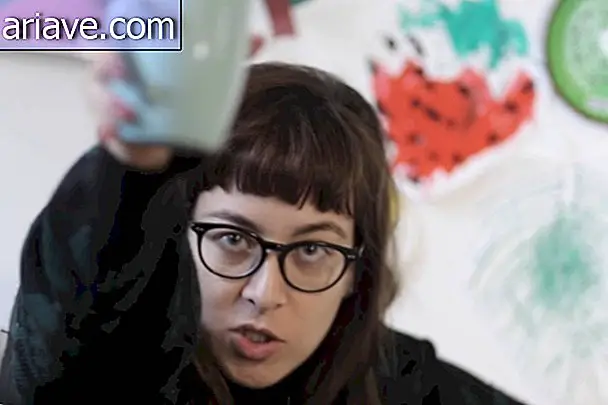How to make wine bottle corks

Cork stoppers are very common items in our daily lives, usually found in wine bottles. But have you ever wondered what their production process is like? It can be said that it all starts in the forest, with the selection and collection of cork-producing trees (free translation for “Cork oaks”).
This type of tree is very common in Portugal (with 50% of world production), Italy, France and Spain and has a very characteristic thick reddish bark. It can grow up to 20 meters high in the natural environment, although not usually so high in practice, and lives between 150 and 250 years.

Once adulthood is reached, the cork tree can be harvested every nine years in a process that only removes the bark and causes no damage to it. Each time one of these trees goes through the harvesting process, it is marked to prevent another procedure from occurring prematurely.
Cork bark from trees is stocked on a concrete floor or such material to prevent contamination. Then the wood undergoes the first stage of its transformation: a cooking process to soften the boards, and this is a way to clean them.

To avoid any contamination, the water used is filtered and changed regularly, and debris is removed. Once passed through this boiling process, the plates become flatter, making handling easier. They are then leveled and cut to the right extent to begin the work.
The cutting phase requires a lot of skill to avoid waste or choosing bad material for “high quality” corks, for example. Some of the material turns into “natural corks, ” which are those completely removed from a piece of wood. Others saw “technical stoppers”, made by joining several cuttings (left over from the first process).

Then the corks are placed on mats and hand picked (with the naked eye) in search of the perfect models. Once this process is completed, they are ready for sale and the cost is approximately 1 euro per unit.
Source: Wineanorak











